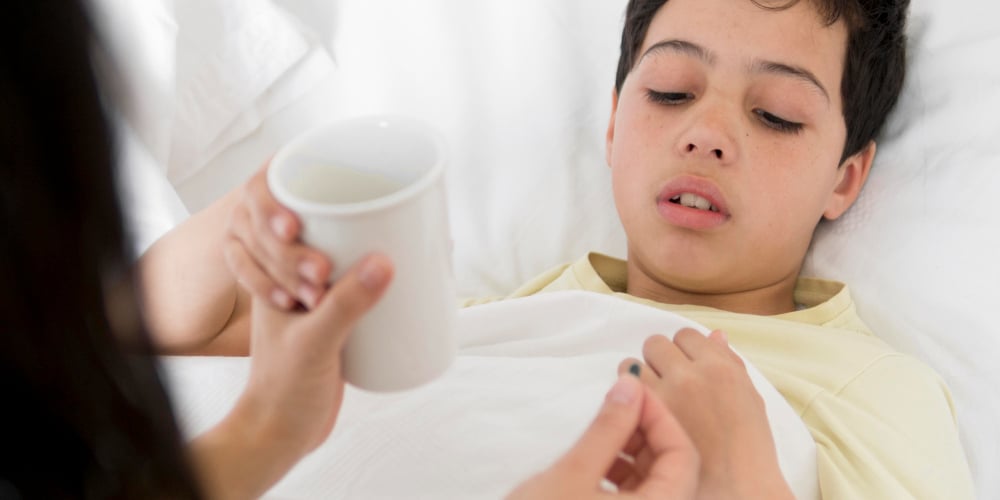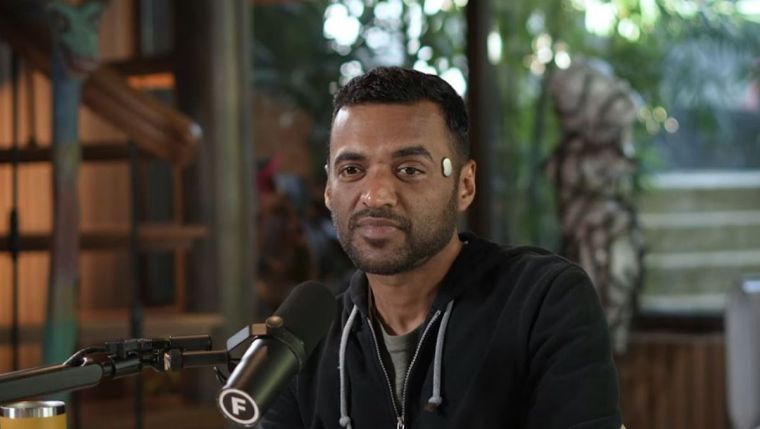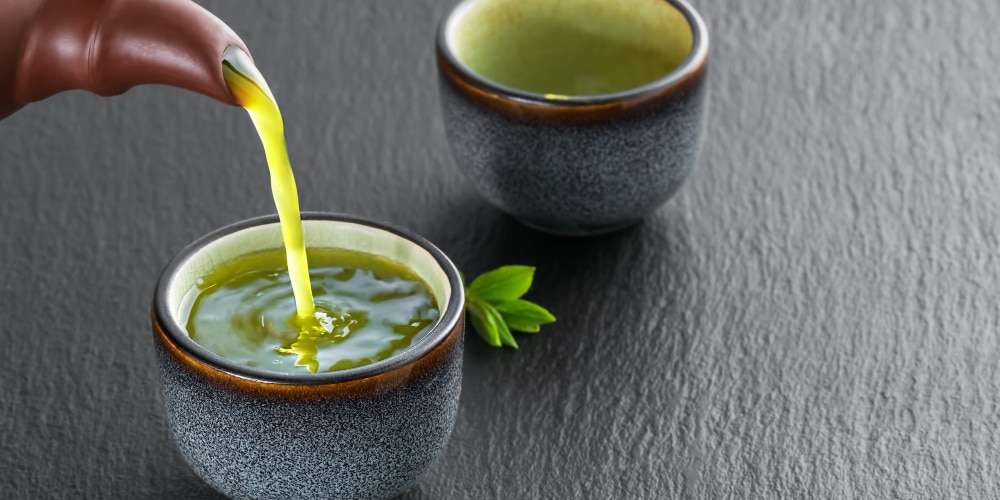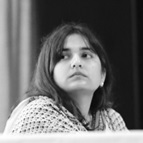FACT CHECK: Can arthritis be diagnosed and treated using knee aspiration?
A viral reel on Instagram with 7.4 million views says arthritis in the knees can be treated with aspiration. But is it true?
Author
Author
- admin / 7 months

- 0
- 3 min read
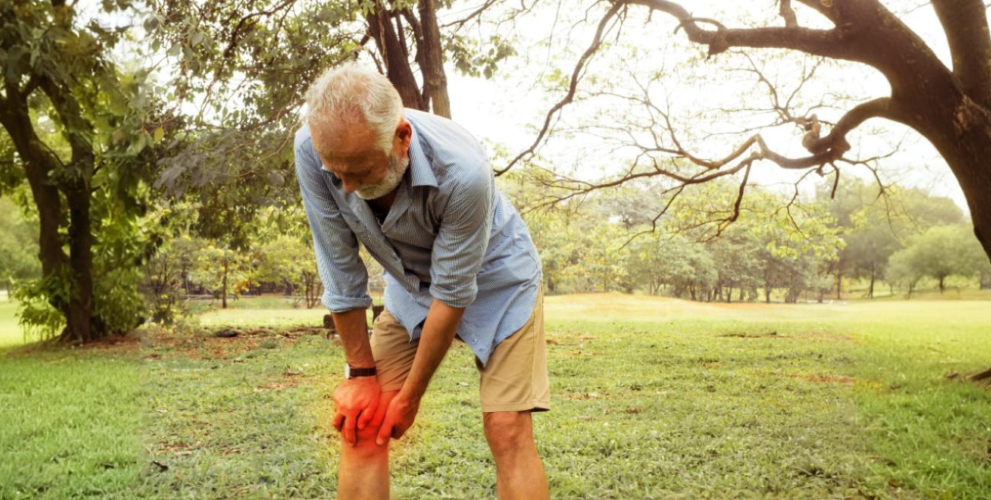
Author
CLAIM:
Arthritis can be diagnosed and treated using knee aspiration
FACT:
The claim is mostly true. Knee aspiration is a recognized procedure for managing arthritis symptoms and aiding diagnosis by analyzing joint fluid. However, it is not a cure, and patients should consult healthcare professionals to understand its role in their treatment plan.
An Instagram reel posted by @medication3d, titled “How is arthritis treated?”, showcases a needle aspiration procedure on a patient’s knee to address arthritis-related swelling.
“Inflammation caused by arthritis leads to an overproduction of synovial fluid in the knee, resulting in swelling and pain. Normally clear, the fluid can turn yellowish due to increased inflammatory cells and proteins,” according to the caption of the reel, which shows some yellowish fluid being drained from someone’s knee using needles.
“Conditions like rheumatoid arthritis, osteoarthritis, and gout can cause this fluid buildup, leading to stiffness and discomfort. Drainage and analysis of the fluid can help diagnose the underlying condition and guide treatment,” it adds.
The video has garnered upwards of 7.4 million views on the platform.
So, can arthritis be treated using knee aspiration? Or can draining and analyzing this liquid help diagnose the underlying condition and guide treatment? We fact-checked this.
What is arthritis?
Arthritis is a condition causing joint inflammation, leading to pain, swelling, stiffness, and reduced mobility. The most common types are osteoarthritis, resulting from cartilage wear, and rheumatoid arthritis, an autoimmune disorder.
Symptoms include joint swelling, warmth, stiffness, and persistent pain, particularly during movement or after inactivity. Causes for arthritis may range from age-related degeneration, injury, genetics, and obesity to immune dysfunction. If untreated, arthritis can lead to joint deformity and chronic pain.
Knee aspiration and arthritis treatment
Knee aspiration, or arthrocentesis, involves using a needle to remove excess fluid from the knee joint. Dr Anup Khatri, Senior Consultant, Orthopaedics, Gleneagles Hospital in Mumbai, explained its role in arthritis management. “While it is not a cure for arthritis, it can be an effective part of treatment. This procedure may help to reduce pressure, pain, and swelling and improve joint mobility,” he said.
This supports the claim that knee aspiration alleviates arthritis symptoms, though it does not address the root cause. Dr Khatri further noted that in some cases, medications like corticosteroids may be injected post-aspiration to reduce inflammation, enhancing patient comfort.
Regarding diagnosis, Dr Khatri explained that analyzing the drained fluid is crucial. “Draining and analyzing joint fluid can reveal signs of infection, gout crystals, inflammation, or bleeding, helping diagnose the type of arthritis or joint issue and guide treatment, such as antibiotics or anti-inflammatory medication,” he added.
This confirms that fluid analysis aids in identifying the underlying condition, supporting the claim that knee aspiration assists in diagnosis and treatment planning.
Hence, the claim is true. Knee aspiration is a recognized procedure for managing arthritis symptoms and aiding diagnosis by analyzing joint fluid. However, Dr Khatri advises that it is not a cure, and patients should consult healthcare professionals to understand its role in their treatment plan.
